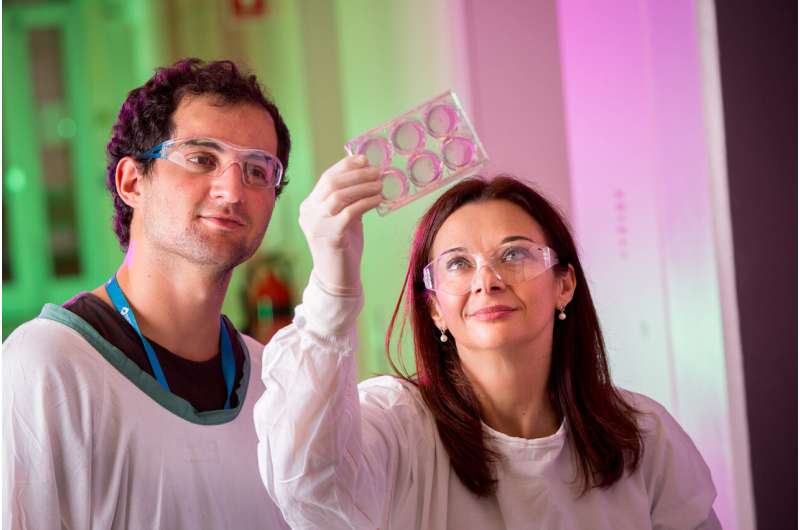
Melbourne researchers have systematically mapped the immune response to COVID-19 identifying how antibodies develop in response to SARS-CoV2 and new insights into why some people develop severe disease.
The team, led by University of Melbourne Professor Katherine Kedzierska, a laboratory head at the Peter Doherty Institute for Infection and Immunity (Doherty Institute), identified that multiple arms of the immune system are involved in the response.
University of Melbourne Dr. Oanh Nguyen, Research Fellow at the Doherty Institute, said this study, published today in Cell Reports medicine, investigated the blood samples of 85 patients who experienced mild to moderate and severe COVID-19 disease, some of which were hospitalized.
“We followed some of the patients up to 100 days post onset of COVID-19 symptoms, allowing us to provide a comprehensive map of the immune response in hospitalized patients,” Dr. Nguyen said.
“We explored all aspects of the immune system, including the innate, adaptive, and humoral immune responses, as well as inflammation. This map provides important insights into predictors of severe disease and new treatments for COVID-19.”
The research team is the first to report evidence that in the acute phase of COVID-19 activation of a type of immune cell, T follicular helper cells, can predict subsequent antibody levels, including neutralizing activity of the antibody, a critical feature important for virus clearance and protection from infection.
“In addition, we also found the activation of T follicular helper cells in the acute phase of COVID-19 correlates with antibody levels once recovered and symptom free,” Professor Kedzierska said.
“Understanding the immune predictors of what leads to development of high levels of antibodies is highly relevant to developing new vaccines and treatments for COVID-19.
Source: Read Full Article
